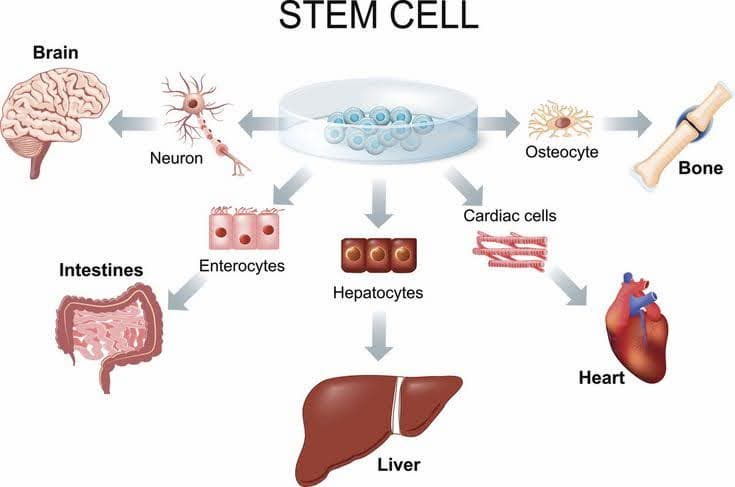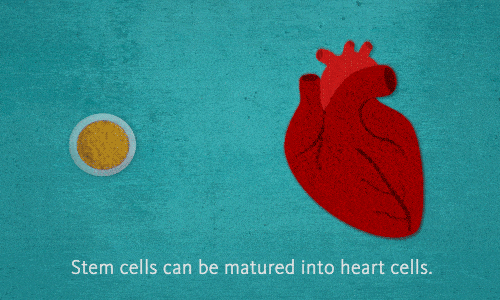Table of Contents
One is by changing into brand-new heart cells that replace broken ones. Furthermore, they play an essential role in what's called the paracrine impact. This entails launching different factors that promote tissue repair work and regeneration without in fact coming to be new cells. Those elements can reduc/e inflammation, urge new members vessel growth, and activate your body's natural healing procedures.
The heartespecially after injuryisn't an inviting area. It's difficult for brand-new cells to hold and even harder for the body to approve them. Even if the cells endure, they still need to link with the heart's electrical system. Without the required electrical combining, the cells can't sync with the heart's natural rhythm.
Researchers are running scientific tests to identify what kind of stem cells function best, exactly how to deliver them safely, and just how to decrease the total dangers involved. They are additionally dealing with remedies like using bioengineered supportive scaffolds or gene modifying to enhance performance. Development is being made on several fronts, and each study obtains us a little closer to making stem cell therapy a normal part of cardiac treatment.
There's likewise very early evidence that this treatment may lower the threat of cardiac arrest after a cardiovascular disease. Stem cell therapy isn't a treatment allnot yetbut it's aiming us in the ideal direction. As study continues we might soon see a future where the heart can do what once seemed difficult: heal itself.

Although there are still challenges, like cell survival and appropriate assimilation, progression is encouraging. Future strategies and innovations like bioengineering and genetics editing and enhancing could open the complete potential of stem cell therapies, providing expect individuals handling heart conditions. With heart stem cells, there's a possibility for your heart to recover itself, leading to much better end results and a healthier future.
Top clinics for stem cell therapy targeting Heart Failure
There is no therapy method that directly enhances the heart muscular tissue other than stem cell treatment. Improvements at different degrees were measured in 87% of people getting stem cell treatment for heart failing and ischemic heart diseases. Stem cells have the ability to deal with unwell veins when they touch the unwell blood vessel wall and they're likewise made use of to treat heart failing by developing into heart muscular tissue cells if there is weakness in the heart muscle mass.
Treatment is carried out making use of endothelial, mesenchymal stem cells (derived from the patient's own adipose tissue or bone marrow) or fetal stem cells. Stem cells are administered intravenously to the patient.
Atherosclerosis, i.e. vessel tightness, is the main reason for total quiting of blood flow or reduced blood flow. Many factors such as high cholesterol, hypertension, cigarette smoking result in formation of plaques in the vessel wall over time and loss of flexibility of the vessel. These plaques expand in time, tightening the blood vessel and can prevent sufficient quantity of blood from getting in the vessel (chronic).
Heart condition treatments depend on the type and severity of the desease. Severe conditions such as heart attacks need prompt medical treatments to reduce heart damage.
There is no therapy technique that directly reinforces the heart muscular tissue other than stem cell therapy. Stem cells have the capability to treat sick veins when they touch the unwell capillary wall. They're also used to treat cardiac arrest by becoming heart muscle mass cells if there is weakness in the heart muscle mass.
Can you manage Arrhythmias with stem cells?
They speed up the treatment of heart muscle mass inflammation and inflammation. In this means, the heart muscle mass, the general autoimmune system and various other aspects are treated.

The number of cells to be carried out is established according to the age and weight of the person. Treatment is carried out utilizing endothelial, mesenchymal stem cells (originated from the client's own fat or bone marrow) or fetal stem cells. The decision is made according to the client's problem.
It boosts within a couple of hours after heart is damaged and stays in such degrees for up to 2 weeks. CK-MB - an unique type of Creatine Kinase enzyme, which is primarily discovered in heart muscular tissue.
Navigation
Latest Posts
Does stem cell therapy support High Blood Pressure and real results
Where to get stem cell therapy focused on Heart Disease
Can stem cells help with Arrhythmias — what the science says